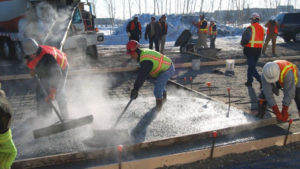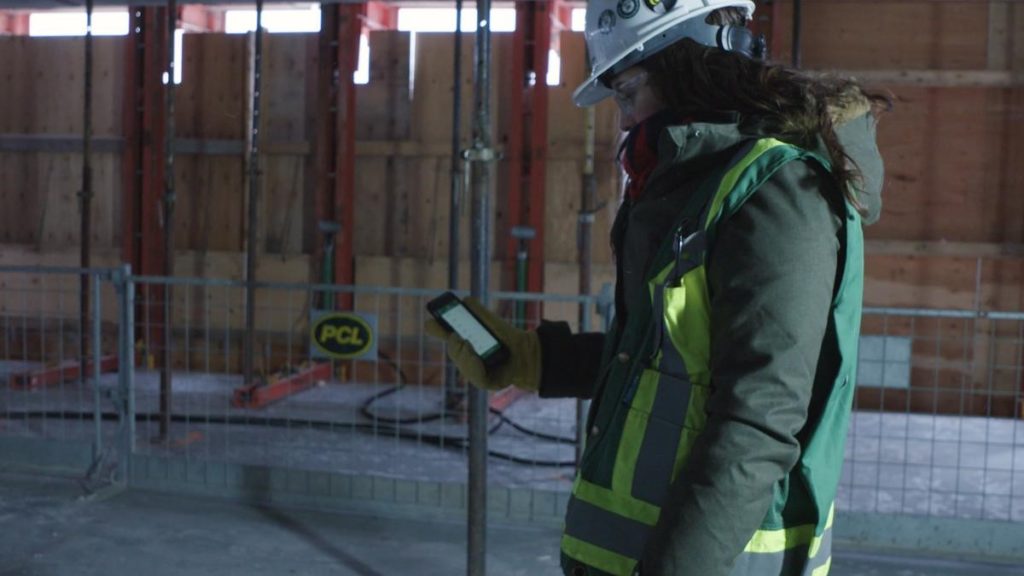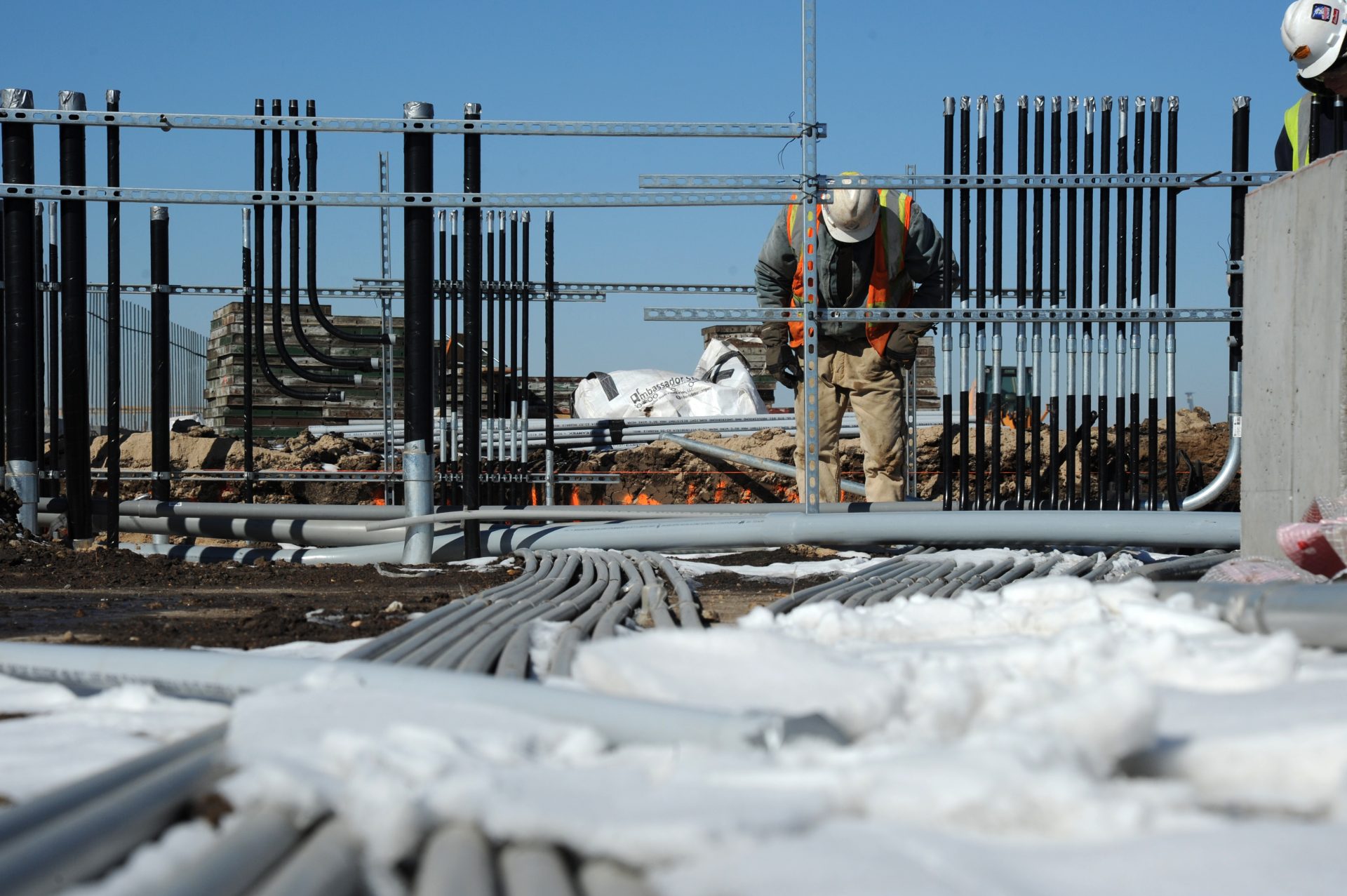As extreme weather conditions in the winter arrive, construction companies must prepare to face possible problems that could arise. Educating contractors to adapt to cold weather concreting is necessary to prevent issues such as project delays when it comes to heating concrete in winter. Each phase of the concreting process is evaluated from planning, pouring, and curing to adapt and add practices/measures to avoid freezing of the concrete.
Explore 12 Futuristic Technology Trends Solving Concrete's Biggest Challenges.
1. Planning & Preparation
Before placing concrete, there are a few particular practices to consider to allow proper curing of the concrete.
- You need to assess the construction site and determine the forms and testing involved.
- Quality of concrete mix is essential to maintain proper temperature and strength throughout.
- Preheating one or more of the constituent materials of the mix can ensure that the proper concrete temperature is present during the pour. This practice heats the water or sand/gravel before mixing instead of heating the cement.
- The components of the mixture may need adjustments. Most commonly, this involves increasing the ratio of cement content in the concrete, or using an accelerating chemical alloy.
- In cold weather do not use slag cement or ash fly because these materials take a while to set up and create less internal heat.
2. Pouring & Planting Process
Essential precautions are taken into action to ensure the set up of the concrete placement.

- Defrost the ground before pouring using heaters (this usually needs to occur a couple of days before placement). Do not pour concrete on frozen snow or ice.
- Another common defrosting method is applying concrete blankets. These blankets can also be used after the pouring process to maintain an optimal temperature for the concrete.
- Using water reducers helps to remove standing water.
- Do not pour over frozen surfaces to avoid the risk of ice forming.
- Working crews on job sites may stay for a longer period of time, due to concrete needing more time to set because of exposure to cold temperatures.
- To protect concrete from temperature drops and quick evaporation (due to wind) it is ideal to use windbreaks.
- Enclosed heating is a very useful protection method. There are many types of enclosed heating, but the best protection occurs by using electric heaters.
3. Curing Process
Using a variety of techniques during the process can guarantee the concrete reaches its maximum strength.

- Leave forms in place as long as possible because they can preserve heat and help prevent concrete from drying quickly. Forms also provide support to corners and edges that are susceptible during the heat release process.
- In low-humidity regions, steam can be pumped into the compound around the concrete to prevent it from drying out too fast.
- Wait until all bleed water has evaporated before finishing. Bleeding takes a while to occur because concrete poured and placed in cold temperatures has a lengthy setting and curing time. Take precaution, because in comparison to regular concrete placement, water can bleed more than usual.
- Verify the temperature using a wireless real-time monitoring sensor like SmartRock™ while the concrete is curing. Make sure the temperature of the concrete is conserving at least 40 degrees Fahrenheit for its curing period. Additionally, easily analyze temperature gradients using SmartRock’s cloud-based dashboard, Giatec 360.
- When actively heating concrete in the winter you have to take caution of concrete cooling too rapidly. To prevent this slowly lower the temperatures around the concrete or by covering them with blankets. There is a prolonged period of gradual cooling of days and maybe weeks when working with large structures. Its important to not move or remove blankets constantly as temperature differentials build up in different levels of concrete leading to gradual cracking.
- Apply sealant to block water from trickling into the concrete, this will help lengthen the concrete’s life and will minimize the chance of curing failure. Breathable concrete sealant should be used in very cold regions to allow evaporation of moisture.
Heating concrete in the winter comes with many possible hurdles. However, if project managers educate and plan well for inevitable challenges beforehand, it can make the whole process much more efficient.











One Response
I didn’t know that cold weather hurts slag cement. I need to get a driveway poured at my new house. I’ll have to hire a contractor that can pour it in the winter.